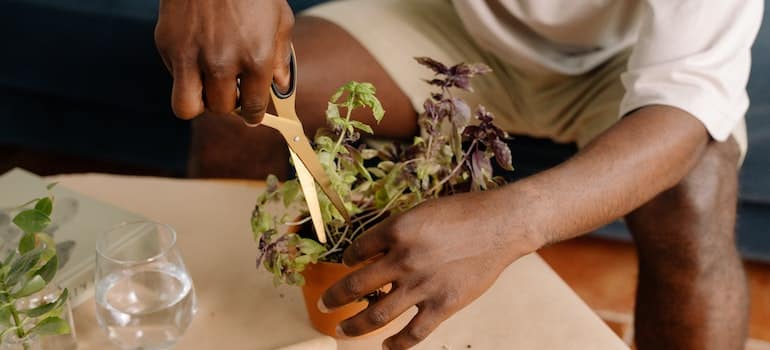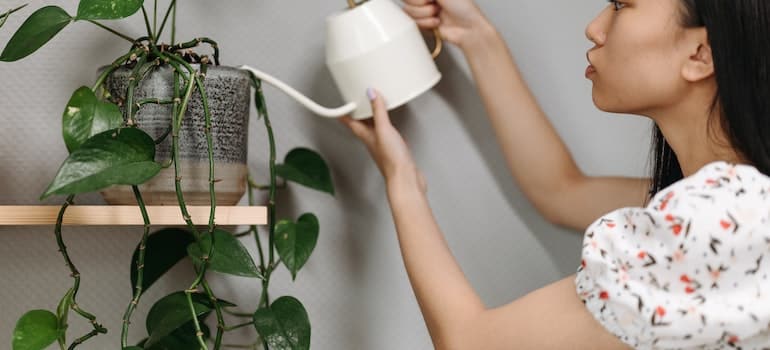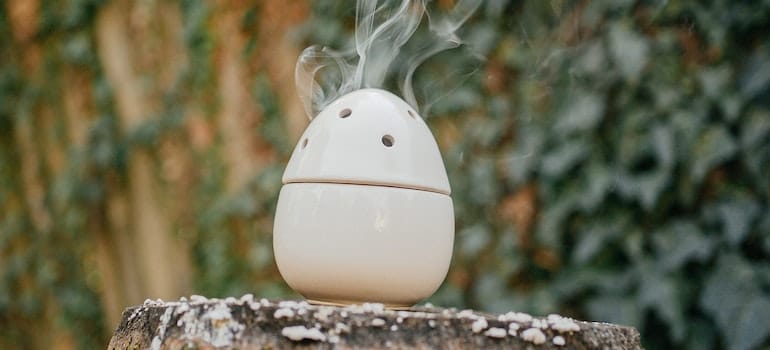Relocating to a new home, especially one far away, can be exciting and overwhelming. It’s a process that requires you to pack up the entire contents of your household and move them. However, among the many items you’ll need to transport, your beloved plants hold a special place. Thus, ensuring their safe journey is paramount. However, to actually make sure they adapt to their new environment successfully, you must carefully plan and execute the moving process. In this guide, in collaboration with San Francisco movers, we’ll walk you through the essential steps to pull off a long-distance move with plants, all while considering legal, environmental, and practical factors.
Preparing your plants for the long-distance adventure
Healthy plants are more likely to withstand the stress of a move, whether you’re moving from San Francisco to Seattle or elsewhere. Begin by examining your plants for any signs of pests or diseases. Treat them accordingly and make sure they’re in the best possible health before the journey. Furthermore, trimming your plants and removing dead leaves before the move makes them look better and reduces the risk of pests hitching a ride. Pruning can also help them conserve energy mid-transit.

Selecting the appropriate containers for your plants is equally crucial. Lightweight plastic pots are often a good choice for re-potting, as they are easy to carry and won’t add unnecessary weight to your belongings. Of course, make sure the pots have drainage holes to prevent waterlogging during the journey. When repotting, use well-draining soil that suits the specific needs of each plant. This will help them stay healthy and hydrated throughout the trip.
Considering legal and environmental factors
Before moving from San Francisco to Portland, take a moment to investigate the legal and environmental factors that might affect the transportation of your plants. Different states or countries may have specific regulations that concern moving greenery, which are in place as a way to prevent the spread of pests and diseases. Research these laws and ensure compliance to avoid any legal complications. Additionally, consider the climate in your state to be. Plants are sensitive to changes in temperature, humidity, and sunlight. Thus, understanding the environmental conditions of your destination will help you prepare them for a smoother transition.
Keeping your plants hydrated on the long journey
If you want to pull off a long-distance move with plants, adjusting your watering routine to accommodate travel conditions is essential, especially if you’re moving from San Francisco to Las Vegas or other similar destinations with varying climates. Overwatering can lead to root rot, while underwatering can cause dehydration. A few days before the move, water your plants slightly more than usual to ensure they are well-hydrated but not waterlogged.
As for the journey itself, water your plants the day before, allowing the soil to absorb enough moisture without becoming soggy. Avoid watering on moving days to prevent spills and leaks during transportation. This approach will help your greenery stay healthy and happy during their move, irrespective of the destination.

Innovative packing solutions and transportation methods
Learning how to pack plants securely is vital to prevent damage during transit. Begin by gently wrapping the pots in paper or bubble wrap to protect them from impact. To insulate the plants from temperature fluctuations, think about using old blankets or towels to wrap around them, creating a cozy barrier. Proper ventilation is also crucial. Avoid sealing the plants in airtight containers, as this can lead to suffocation. Instead, use breathable materials that allow air to circulate while still providing protection.
When it comes to transportation itself, you have several options to ponder. Self-transportation gives you more control, but it might not be feasible for long distances or if you have numerous plants. Professional shipping services are convenient, especially for delicate or valuable specimens. Some companies even specialize in plant transportation, ensuring the utmost care for your green companions. When selecting a transportation method, factor in the duration of the journey, the number of plants you have, and your budget.
Setting up a perfect new home for your plants
Upon arrival at your new home, your plants will need time to acclimate to their new surroundings. To aid in this transition, try to replicate their previous environment as closely as possible. Consider the temperature and humidity levels they are accustomed to and adjust accordingly.
If the climate in your new location dramatically differs from that in the original state, you might need to make accommodations. Investing in a humidifier or using pebble trays with water can help maintain the right humidity levels for your plants. This thoughtful approach will assist your plants in settling comfortably into their new environment, regardless of whether you’re moving from San Francisco to Phonix or any other destination.

Unpacking and settling your plants into their new abode
Once you’ve reached your new home, it’s time to unpack and settle your plants. Start by gently removing the wrapping and inspecting them for any damage. If you notice any issues, address them promptly to prevent further stress. Give your plants some time to adjust before exposing them to direct sunlight. Gradually introduce them to their new environment by placing them in a partially shaded area and gradually increasing their sun exposure over a few days.
Concluding your plant journey with care and confidence
To actually pull off a long-distance move with plants, you need to practice a combination of planning, preparation, and care. Once you’ve mastered doing so, you’ll make it possible for your green companions to thrive in their new home. So, put in a little extra effort. After all, it can go a long way in ensuring your plants’ well-being and happiness. Both during and after the move!


